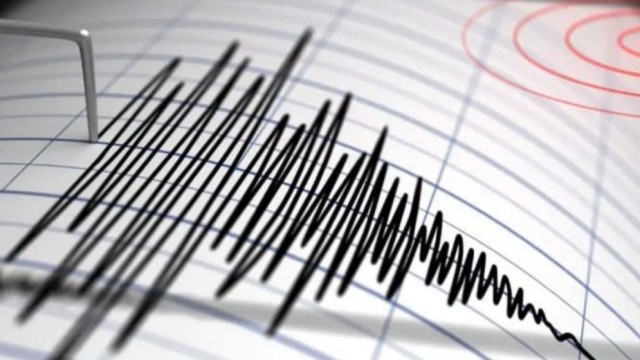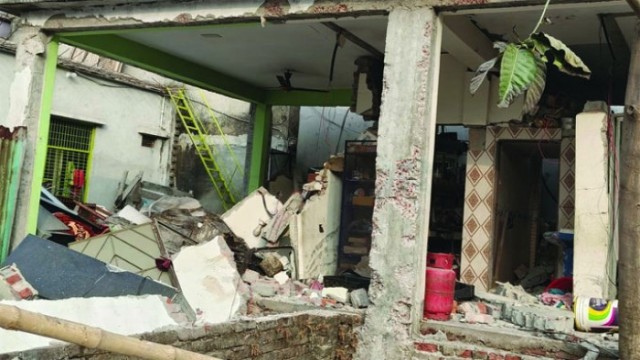Oct 10, V7N- Hurricane Milton made landfall on Florida's west coast on Wednesday evening, unleashing tornadoes, flash floods, and power outages as it crossed the state. The storm came ashore near Siesta Key at around 8:30 p.m. EDT as a Category 3 hurricane, with sustained winds of 120 mph (195 kph). By 11 p.m. EDT, it had weakened to Category 2, but remained highly dangerous, with winds of 105 mph (165 kph).
A flash flood emergency was declared for the Tampa Bay area, which includes Tampa, St. Petersburg, and Clearwater, where St. Petersburg saw over 16 inches of rain. Despite efforts by Governor Ron DeSantis to mitigate damage from potential storm surges of up to 13 feet, Milton's impact was severe.
The storm spawned at least 19 tornadoes, leading to multiple fatalities in Fort Pierce, particularly at a retirement community. Damage included the destruction of around 125 homes, and more than 1.3 million homes and businesses in Florida lost power. With evacuation deemed too dangerous, DeSantis urged residents to shelter in place.
Milton followed in the wake of Hurricane Helene, which struck the southern U.S. just two weeks earlier. Millions of people had been ordered to evacuate, and gasoline shortages were reported as highways became clogged. Zoo animals, including African elephants and flamingos, were secured at Tampa's zoo during the storm.
Efforts to respond to Milton’s devastation were already in motion, with 9,000 National Guard personnel and 50,000 grid workers deployed. FEMA had also prepositioned large amounts of aid, assuring that recovery efforts for Helene wouldn’t be compromised. Trucks worked continuously to clear debris from Helene to prevent it from becoming dangerous projectiles in Milton's wake.
Milton is notable for its rapid intensification, becoming the third-fastest storm to grow from Category 1 to Category 5 in less than 24 hours. The storm's impact is expected to cause billions in damages, with recovery efforts likely to be challenging.
END/CLM/RH






























Comment: